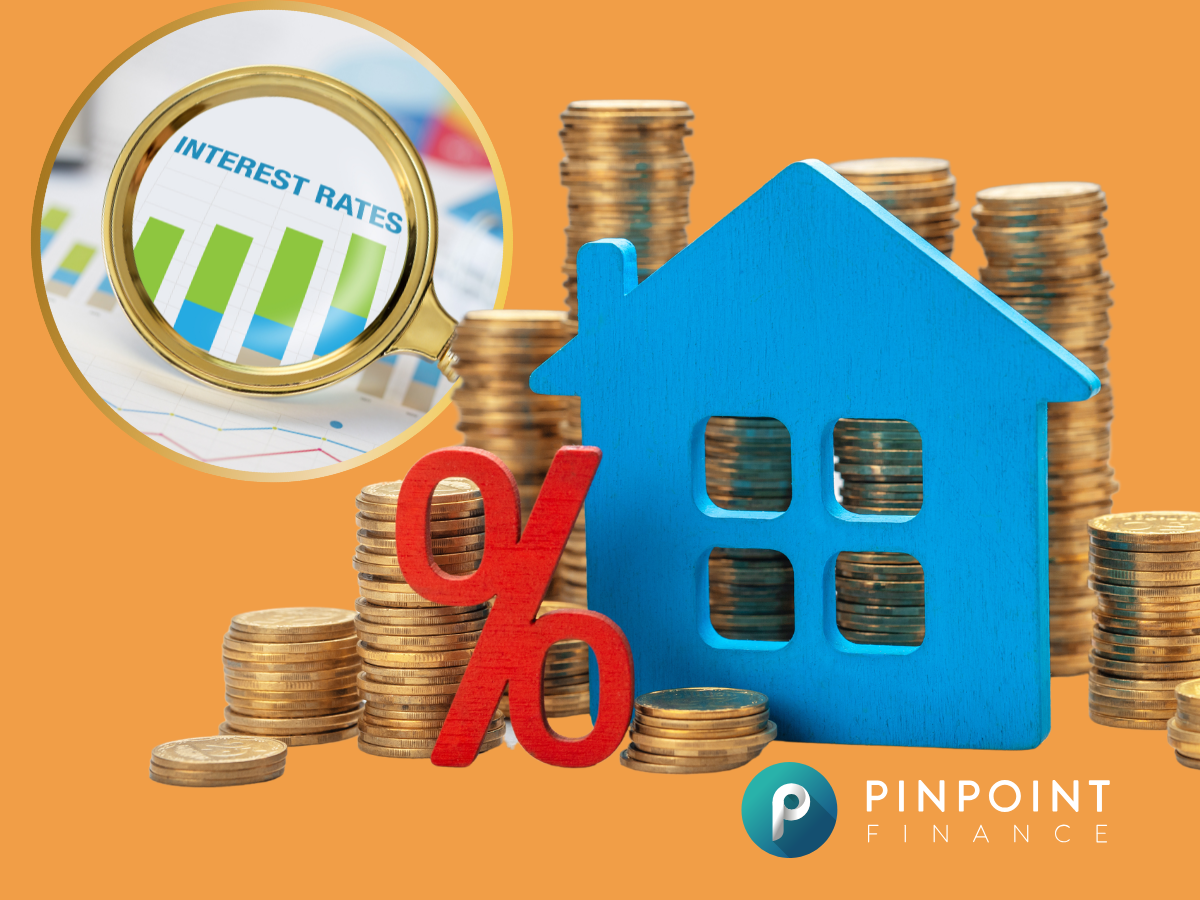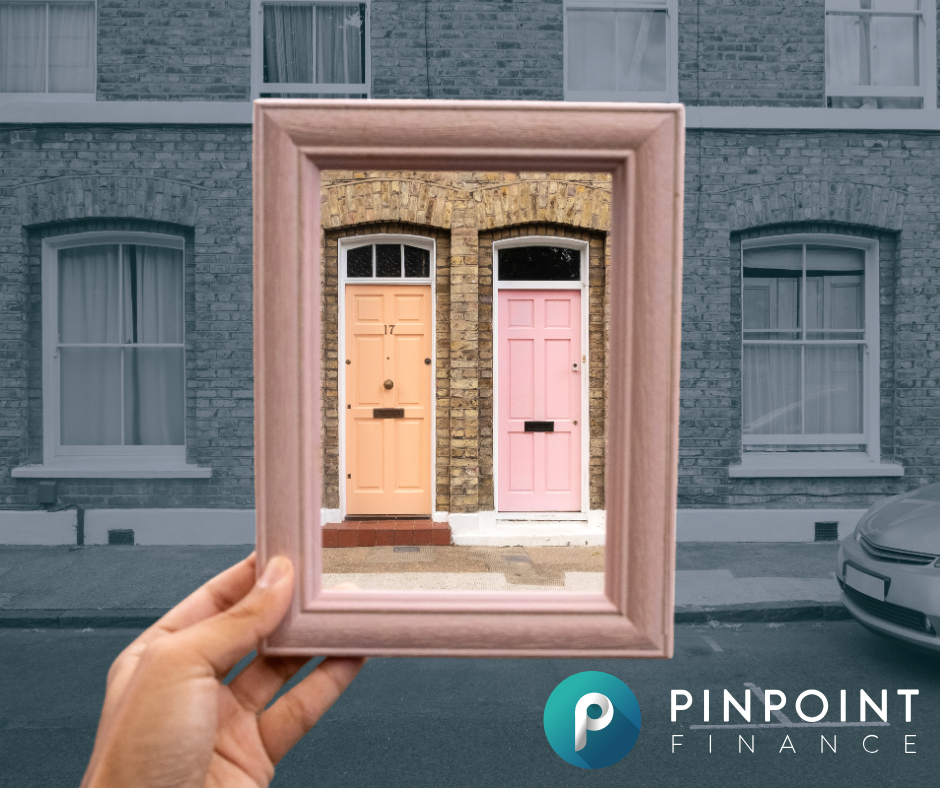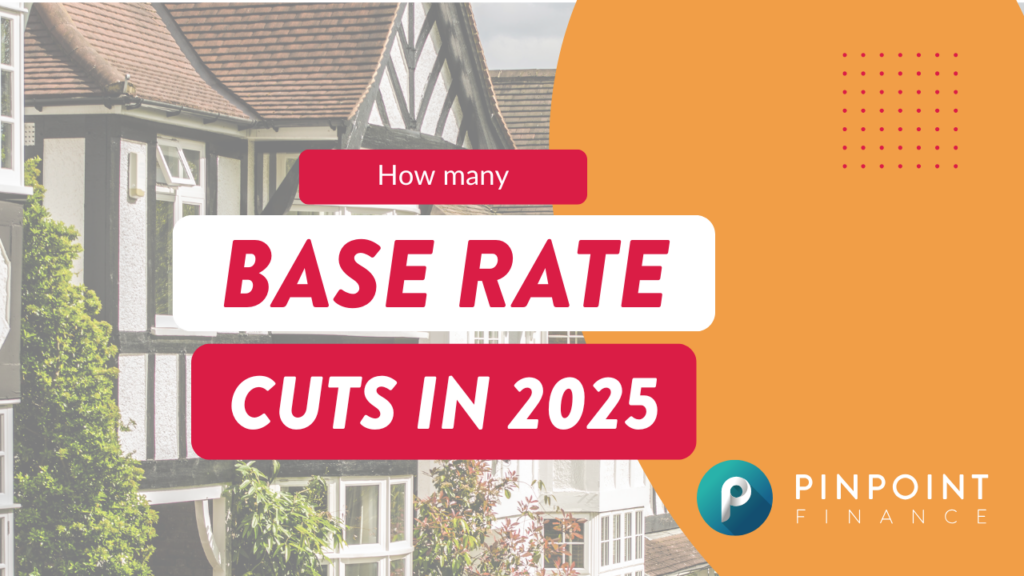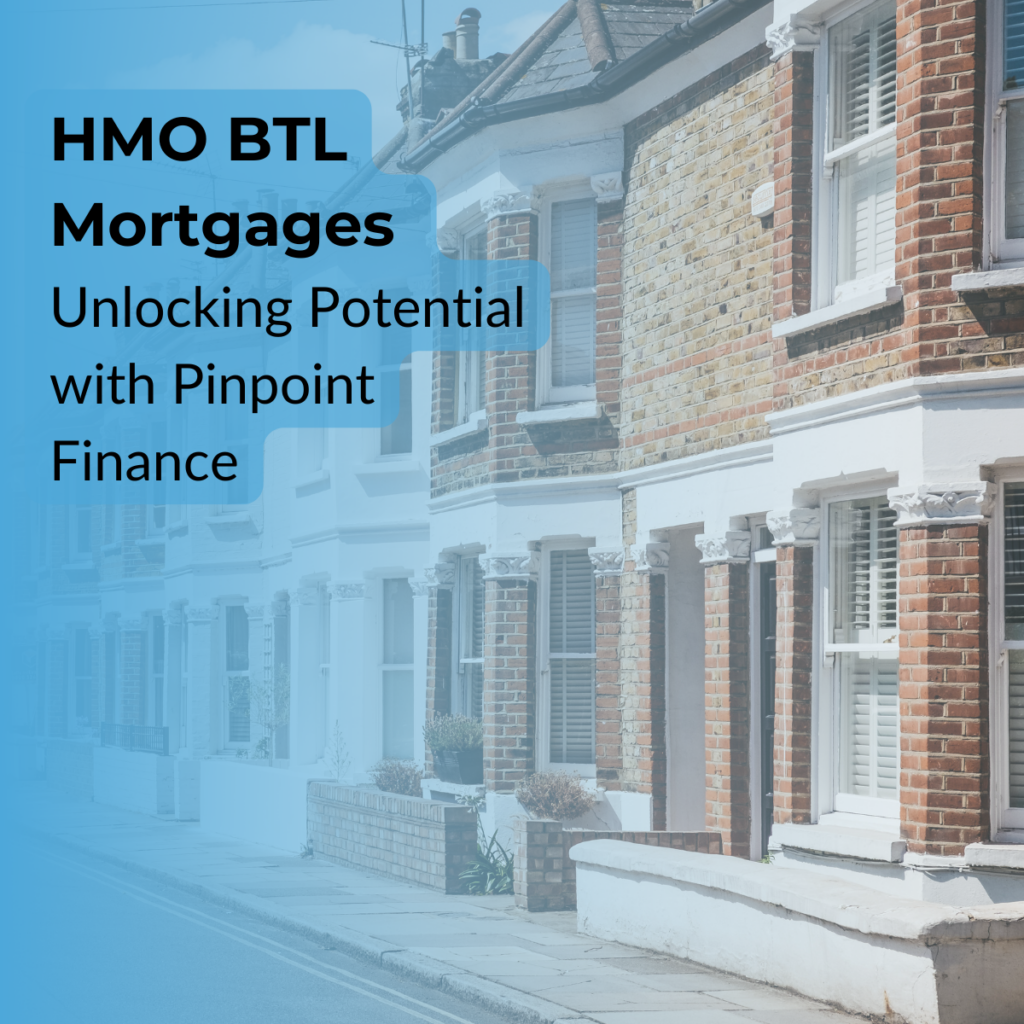Variable Rate Mortgages Explained
When you’re choosing a mortgage, understanding your options is crucial to making a decision that works for you now and in the future. One type that many people come across is variable rate mortgages. This guide will walk you through a variable rate mortgage, the different types available, and some potential pros and cons to help you decide whether it’s the right fit for your financial situation.
What is a Variable Rate Mortgage?
A variable rate mortgage is one where the interest rate can change over time. Unlike fixed-rate mortgages, which keep your rate steady for a set period, variable rate mortgages fluctuate—so your monthly payments can go up or down. The interest rate changes are usually influenced by broader economic factors, such as changes in the Bank of England base rate or your lender’s internal decisions.
Because of the potential for rate increases, you should consider this option carefully. While you could save money if rates fall, there’s always the chance that rates could rise, meaning your monthly payments might increase.
What are the Different Types of Variable Rate Mortgages?
There are three main types of variable rate mortgages, each offering something a little different depending on your financial situation and what outcomes you want to achieve.
Tracker Rate Mortgage
A tracker rate mortgage moves in line with the Bank of England’s base rate. When the base rate goes up, your interest rate follows, and when the base rate drops, so does your interest rate. Many people prefer tracker mortgages because the base rate is a well-known external factor, and its movements can feel more predictable than a lender’s internal decisions.
Is a tracker mortgage a good option for you? A tracker mortgage could be a good choice if you think interest rates will stay low or decrease in the near future. However, if you’re locking in for a longer term, predicting future rate changes can become harder, so it’s important to think about how much fluctuation your budget can handle.
Standard Variable Rate Mortgage
A standard variable rate (SVR) mortgage is set directly by your lender. Unlike tracker mortgages, SVRs don’t follow the Bank of England base rate—they follow whatever rate your lender decides. This means your rate could change at any time based on the lender’s policies, which might be influenced by broader market conditions but aren’t directly tied to the base rate.
SVR mortgages are typically more expensive than other mortgage types, and many people only end up on an SVR once their initial fixed or tracker deal ends. However, the benefit of SVRs is that they often come with more flexibility—many don’t have early repayment charges, which means you can remortgage without extra costs if you find a better deal.
Discounted Rate Mortgage
A discounted rate mortgage offers a temporary reduction on the lender’s SVR, typically for the first two to five years of your mortgage. For example, if your lender’s SVR is 6.50% and they offer a 2% discount, you’d pay 4.50% during the introductory period.
Discounted rate mortgages give you the benefit of lower payments at the start, but like all variable rate mortgages, your payments could go up if the lender raises their SVR. Once the discount period ends, you’ll automatically switch to the full SVR unless you remortgage to a new deal.
Top Tip: Keep track of when your discounted period ends and be prepared to review your mortgage options. At Pinpoint Finance, we can help you look at what’s available before your rate changes, ensuring you’re always on the best deal possible. We also offer a free product transfer service for the lifetime of your mortgage, even if we didn’t arrange your mortgage originally.
What is Loan-to-Value (LTV) and Why Does it Matter?
Loan-to-value (LTV) is an important factor when choosing a mortgage. It’s the ratio between the mortgage amount you need and the value of the property. So, if you have a 10% deposit on a £200,000 property, your LTV is 90%.
The higher the LTV, the more risk the lender takes, which usually means higher interest rates. On the flip side, the more deposit or equity you can offer, the better the mortgage rate you’re likely to get. Variable rate mortgages are available across a wide range of LTVs, but the best deals tend to go to those with lower LTVs, meaning a larger deposit or more equity in the property.
What Fees Should I Expect?
Like all mortgage types, variable rate mortgages come with a range of fees, including arrangement fees, valuation fees, and legal costs. However, SVR mortgages tend to come with fewer or lower setup fees compared to others, which might be attractive if you’re looking for flexibility.
At Pinpoint Finance, our typical mortgage application fee is £495, but our initial consultations are always free. This gives you the chance to explore your options before making any decisions or paying any fees.
Should I Speak to a Mortgage Broker?
Mortgages, especially variable ones, can sometimes feel overwhelming due to the moving parts involved. A mortgage broker can take a lot of that stress off your shoulders. Not only can brokers access exclusive products, but they also help you navigate the market and handle the paperwork, making the process much smoother.
At Pinpoint Finance, we’re proud of our straight-talking approach. We know that mortgages can seem complex, and our goal is to help you make sense of the options available. Whether you’re considering a tracker rate mortgage, a discounted rate mortgage, or another type, we’re here to provide clear advice and find a deal that works for you.
Get in Touch with Pinpoint Finance
If you’re exploring variable rate mortgages and want to understand the options available, Pinpoint Finance is here to help. With our team of experienced ex-bankers, we’ll cut through the jargon and make the process simple. Get in touch for a free initial consultation, and let us guide you through your mortgage options. You can book a call back by clicking the link here.










